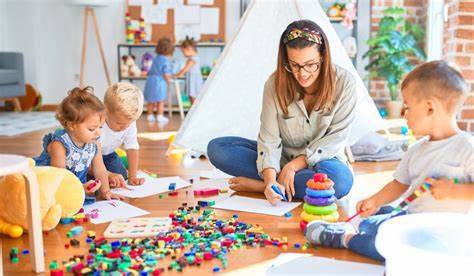
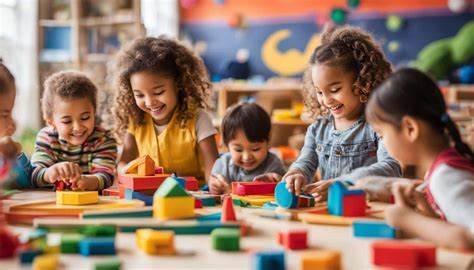
Lasting effects of prenatal development and early childhood experiences
-
- Prenatal development can have lasting effects on children as they grow. “Exposure to stress during pregnancy consequently prompts long-lasting effects on fetal brain development and predisposes the offspring to mental illness in later life” (Suwaluk,2022). Mental illnesses can be hidden until children hit adolescence but can be a lasting effect from the stress that the mother faces while pregnant.
-
- Adverse Childhood Experiences or ACE’s has been a growing concern for psychologists. These were originally just abuse, neglect, and family challenges. Recently bullying, peer pressure, discrimination and community violence. “Children with two or more ACEs were more likely to qualify for special health care needs and repeat a grade at school, indicating that the impact of trauma on development occurs at much lower thresholds (e.g., at two rather than four to five or more ACEs) than previously suspected” (Meeker,2021)
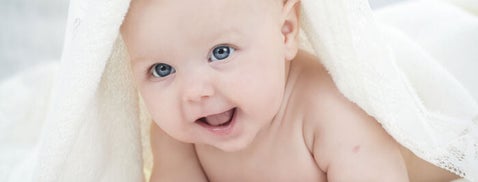
Infancy milestones
-
-
- Rolling over
- Pointing to things
- Saying mama or baba
- Standing
- Banging things together
- (Misirliyan,2023)
-
-
Toddlerhood milestones
-
-
- Using utensils
- Saying individual words
- Pointing to body parts Scribbling with crayons
- Playing with other children
- Forming small sentences
- Stacking blocks.
- (Misirliyan,2023)
-
-

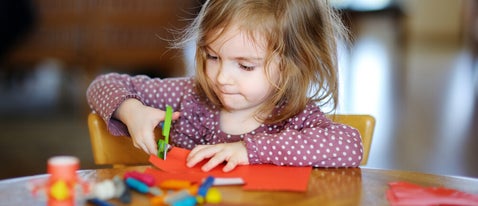
Early Childhood milestones
-
-
- Dressing self
- Taking turns
- Running easily
- Imaginative play
- Cutting with scissors
- Singing songs
- Differentiates between real and play.
- (Misirliyan,2023)
-
-
Social Emotional Learning Strategies
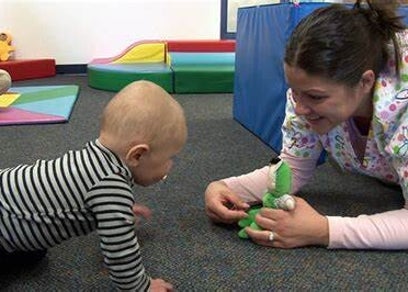
Infancy
Creating a secure environment and allowing opportunities for social interaction during infancy are strategies to promote development in infancy.
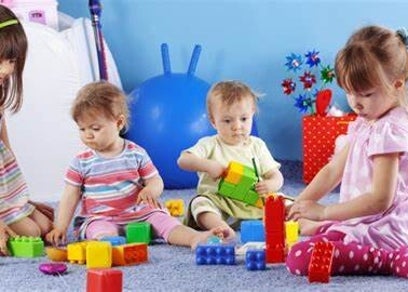
Toddlerhood
Strategies to promote development in toddlerhood include storytelling to learn different emotions and how to handle them, modeling positive behavior, at this age toddlers copy what is being done around them so modeling positive behavior is important, giving them the opportunities to make their own choices.
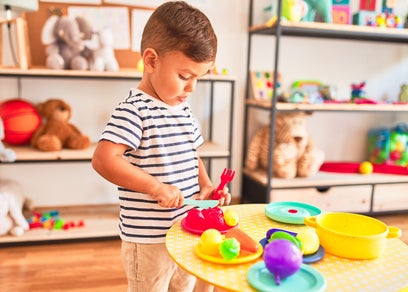
Early Childhood
Strategies include play-based learning, allowing them to play with others while learning gives them social interaction. Teaching calming strategies to help them learn to regulate their emotions, conflict resolution, helping them to work through disagreements and express their emotions.
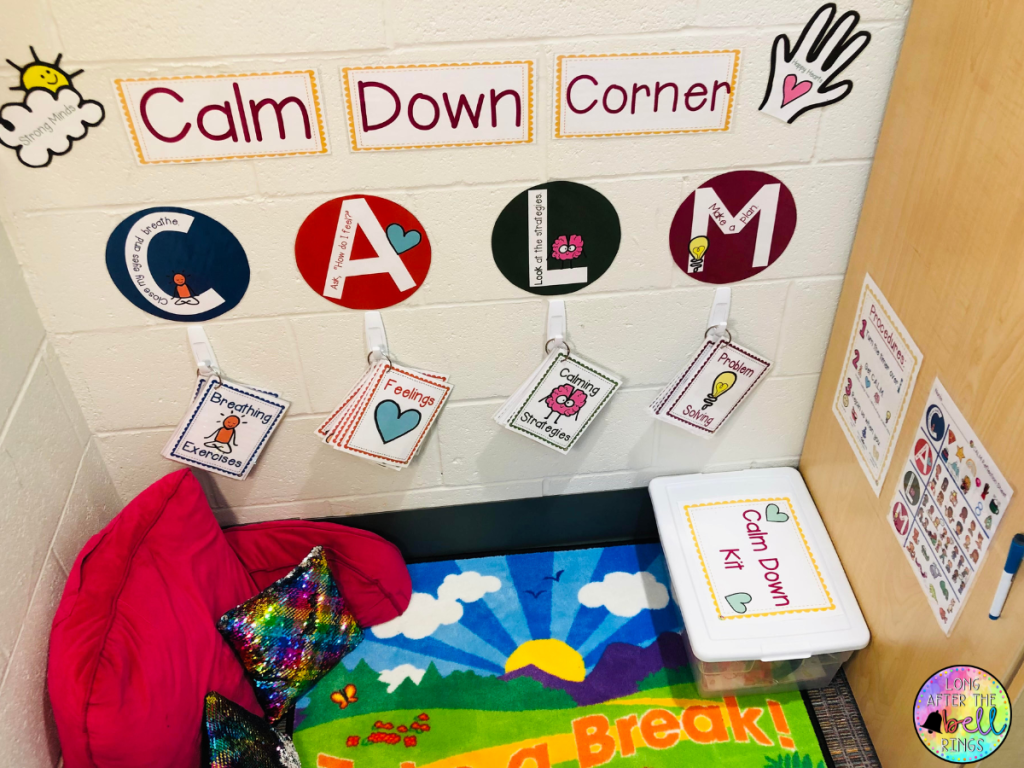
Self-Regulation at School
“Self-regulation is generally defined as the ability to control thoughts, behaviors, and feelings to achieve goal-directed behaviors” (Korucu,2022). Teachers can model self-regulation in the classroom through behavior charts, calming corners and sensory bins. Behavior charts are a good way to help students see their progress and work towards a goal in the classroom. Letting them fill out the chart and go over it with you helps them to understand that their emotions have positive and negative effects. Calming corners help to give students a safe space to go where they can refocus their brains and calm down to join the class again. These can have timers, books, sensory mats or any other thing that can distract their mind to bring it back to focus. Sensory bins are good for when a student is having problems sitting still. You can have several options in the bins like kinetic sand, playdough, fish tank rocks. Sensory bins are used to give the student something to fidget with or mess with while listening to the lesson and participating in class.
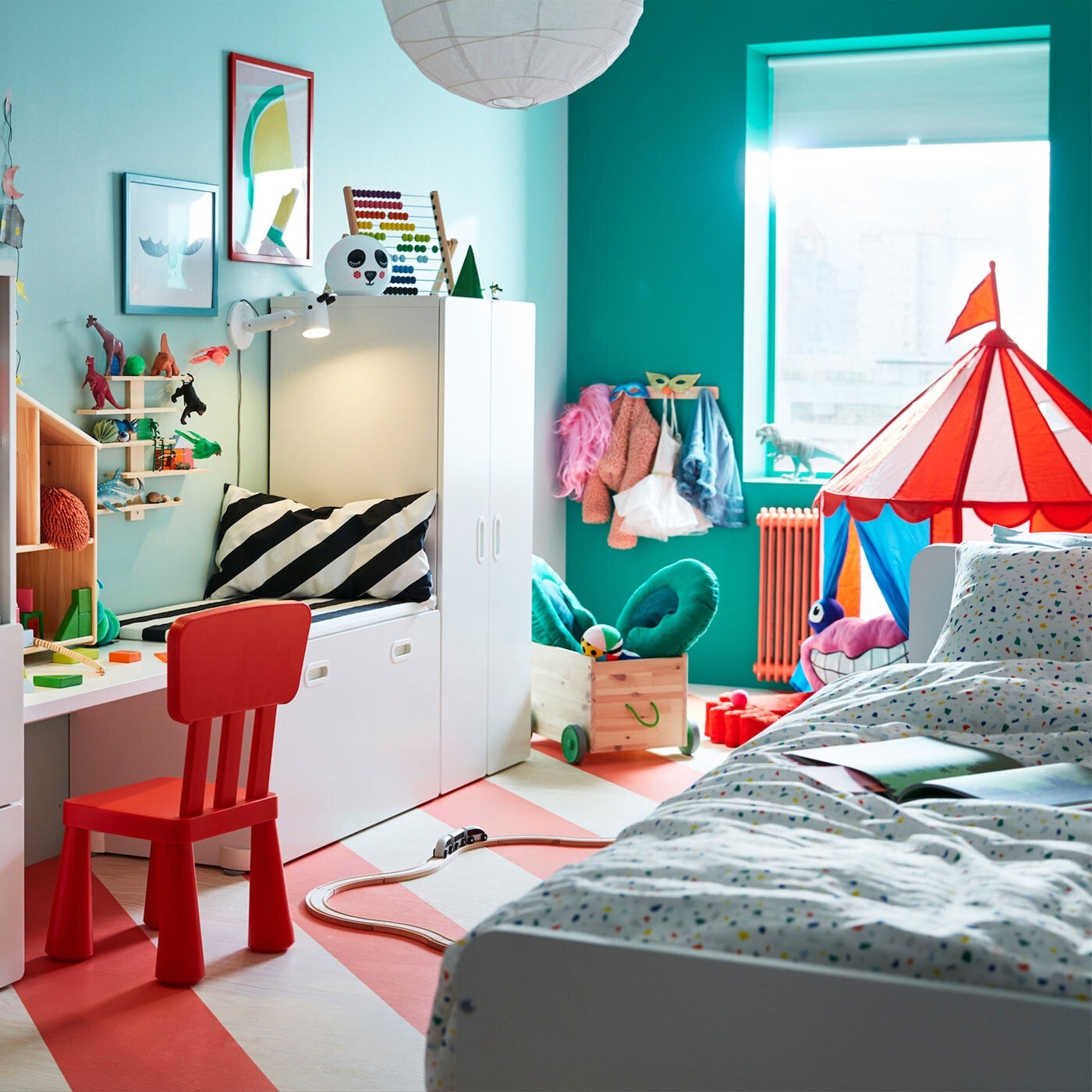
Self-Regulation at Home
To help promote delf-regulation at home and support development is to create a routine, make sure your child has a calm space, minimize triggers.
Creating a routine is key for those that need self-regulation. If their day is not how they know it is supposed to be it can be overwhelming causing their brain to become overstimulated. Having a routine helps them to know that they have certain things to do and when to do them.
A clam space is another must for children that need to self-regulate. If you are having a party or get together or even if there is just a lot of commotion in the house your child may feel overstimulated and need a space that they can breathe. This is most likely going to be their bedroom. It is important that this place stays their calming space so that they know that they have somewhere no matter what.
Minimizing triggers is another way to promote development. A lot of the time school or just leaving the house is hard for children who need to self-regulate. Making sure home is a calm place and that they do not have to worry about if they are going to become overstimulated helps to promote their development and learn better.
Create Your Own Website With Webador